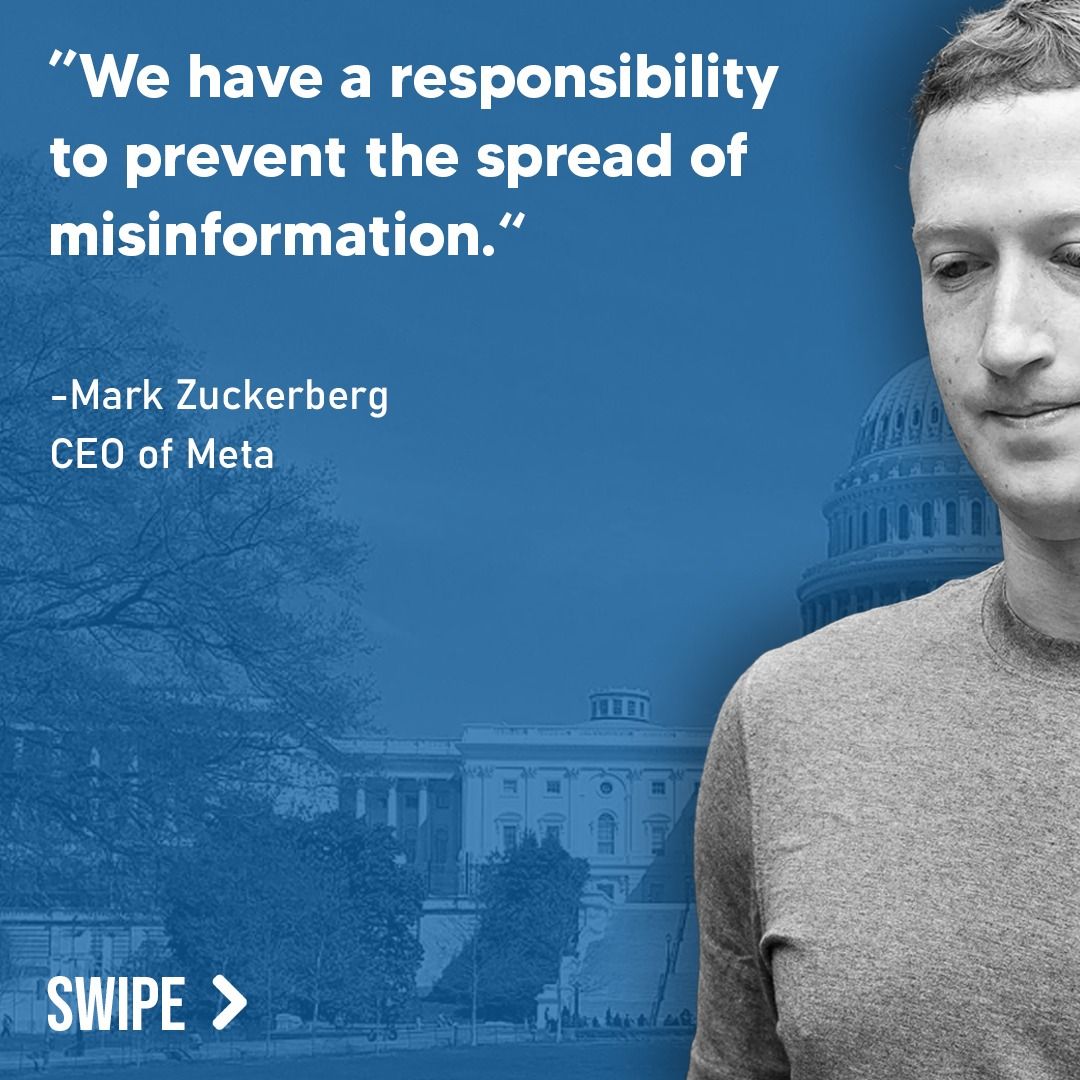
Introduction
A recently published article from The New York Times claimed that new Republican-backed changes to Obamacare and Medicaid could result in millions losing coverage. The attention-grabbing headline prompted concern from many readers, especially in light of broader debates around healthcare access and affordability in the U.S. The user who submitted this article questioned whether these projections are fact-based or politically exaggerated, especially regarding the impact of proposed budget and policy adjustments under the 2025 House bill.
Historical Context
Since its passage in 2010, the Affordable Care Act (ACA), or “Obamacare,” has provided millions of Americans with access to subsidized health insurance, particularly low- and middle-income individuals. Despite political challenges, attempts to repeal or scale back the ACA have mostly failed in Congress. Under the Trump administration’s second term, Republicans have revisited efforts to restructure the ACA and reduce federal healthcare spending through legislative means. The 2025 proposals involve narrower enrollment periods, stricter tax credit rules, and changes to insurer obligations—reigniting debate over the law’s future.
Fact-Checking Key Claims
Claim #1: Ending automatic renewal of ACA plans would increase the risk of Americans unintentionally losing coverage.
This is accurate. Under the current ACA framework, most enrollees are automatically re-enrolled in their plans annually, ensuring continuity of coverage even for individuals unaware of minor deadlines. The proposed 2025 House bill would require individuals to manually reenroll every year or risk losing both their coverage and federal subsidies.
According to the Kaiser Family Foundation (KFF), automatic renewals play a critical role in maintaining coverage, especially for vulnerable populations with inconsistent internet access or administrative difficulties. Removing auto-renewal creates a higher risk of coverage lapses due to procedural barriers rather than intent. This is particularly true if individuals miss tightened enrollment windows or don’t comprehend the new requirements.
Claim #2: The bill would halve the enrollment window from 90 days to 45 days, leading to potential coverage disruptions.
True. The article states, “the bill would also halve the annual enrollment window, from 90 days to 45,” and this is supported by the draft legislative text released by the House Budget Committee in May 2025.
Shorter enrollment windows have historically been associated with reduced sign-ups. A report from Health Affairs (2018) found that reducing access time for enrollment tends to impact lower-income and less digitally connected consumers the most, often resulting in significant declines in overall participation. Unless offset with increased outreach or navigation assistance, a compressed timeline is almost certain to result in a drop in active enrollments.

Claim #3: The bill would increase out-of-pocket costs by allowing insurers to offer plans that cover a smaller share of services.
This is partially true and requires some context. The article notes that the 2025 Republican bill includes a proposed adjustment to the ACA coverage formula, which would allow insurers to reduce the actuarial value (AV) of plans. Currently, ACA silver plans must cover about 70% of expected healthcare costs, with enrollees paying the rest.
While the precise reductions under the proposal are not specified in the article, leaked committee drafts suggest AVs might drop by 2-4 percentage points. This would cause modest increases in deductibles and copayments. On a practical level, people might still retain insurance but pay more when they visit doctors or fill prescriptions.
The Left-leaning Center on Budget and Policy Priorities (CBPP) and the more centrist Congressional Budget Office (CBO) have both confirmed that such measures tend to shift the burden of healthcare costs from insurers to enrollees. However, out-of-pocket limits under the ACA would still apply. So, while this change is real, it does not automatically strip people of coverage—it makes using that coverage more expensive.
Claim #4: Low-income enrollees would now have to pay back more in tax credits under new repayment rules.
This claim is accurate. Under current law, ACA tax credit repayment obligations are capped for enrollees below certain income levels. The proposed rule would eliminate or relax these caps, meaning enrollees who misestimate their earnings—even slightly—would owe full repayment of any excess federal credits received.
According to a 2025 policy analysis from the Urban Institute, such repayment rules could deter enrollment out of fear of unexpected tax debts, especially for workers with variable earnings like freelancers and gig economy employees. While the changes are legal and arguably designed to prevent fraud, they introduce significant financial risk for low-income consumers.

Conclusion
The New York Times article provides a largely accurate representation of the 2025 House bill’s provisions and their potential impact on healthcare access. Multiple independent analyses support the underlying concerns: eliminating auto-renewal, shrinking enrollment windows, and increasing both costs and administrative burdens could indeed lead to millions losing or forfeiting coverage—whether due to procedural confusion, affordability, or paperwork failures.
While the term “millions” could be interpreted broadly, the combination of barriers introduced significantly increases the risk of widespread unenrollment. Thus, the article’s warnings are not overstated but rather underpinned by credible data and assessments from neutral think tanks and regulatory experts.

Take Action
Want to fact-check headlines yourself? Download the free DBUNK app and follow us on social media to stay ahead of misinformation and political spin.

